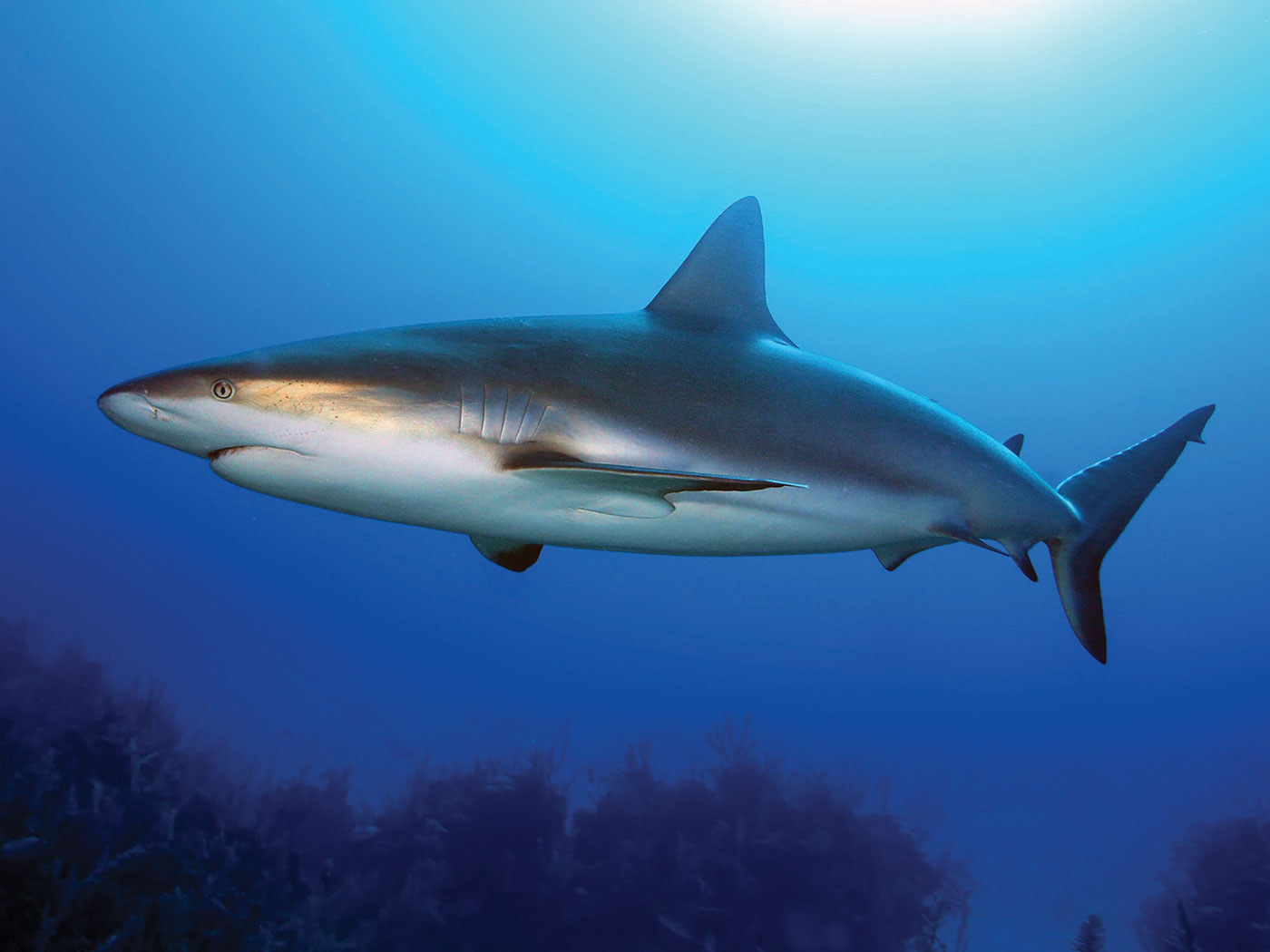A longstanding conundrum for long-age geology thinking is summed up by Purdue University Professor Eric Calais: “When we calculate the forces available from plate tectonics, we find that they are not large enough to do the job [of spreading continents apart].”1 But he is hopeful that his latest observations will help resolve this issue.
Calais led a research team that measured a surprisingly gentle movement of African crustal plates. The researchers first noticed that GPS coordinates were separating farther than the small local earthquakes could explain, so they set up equipment at the Natron rift, near the border between Tanzania and Kenya, to explore what might be causing it. In the summer of 2007, they recorded a week-long dyking event, which is an intrusion of magma upward into continental crust cracks. The movement of one plate several feet in relation to another was only discernable as a dyke emplacement because of the combined measurements of seismic, satellite interferometry, and GPS technologies.
In the standard geological model, continents slowly creep apart over vast eons, eventually leaving ocean basins behind in the ever-widening gaps. However, there is no mechanism among presently observable processes that can overcome the tremendous resistance to movement that continental masses pose.
Calais and his team hope that dyking will help solve this longstanding problem. They propose that intruding magma may weaken the crustal plates by heating the adjoining rock, thereby “greasing” continental skids. Calais theorized that the effects of the dyking’s “little push” over millions of years would form an ocean between two plates.1
However, dyking does not sufficiently explain the geological formation of this area. If these particular African plates are already millions of years old, and they have a known history of faulting—including the 5.7 cm horizontal movement measured in the August 2007 episode2—why is there not already an ocean between them?
Even if intruding magma melts continental crust in dyking, it only does so along the thin margin where the magma contacts the crustal rock. How could this process heat enough crust in the right places to facilitate ocean-forming?
Another problem with dyking as a means of tectonic plate separation is that the newly-formed igneous rock dyke is more resistant to erosion than the continental rock itself. How could a new ocean bed form through a process that is essentially building new and more resistant continental crust?
But if this fault has been active only since the completion of the Flood—a matter of thousands (rather than millions) of years ago—one would reasonably expect to see the evidence of the small amount of plate friction history that this region reveals. Geophysicist John Baumgardner has developed a model of tectonic plate movement that is incompatible with long-age processes, but is compatible with physics and also answers the fundamental dilemma of how that much mass was moved. With gravity as the main driving force, the continental crust seems to have undergone rapid, runaway motion from its originally created position as a consequence of the earth-destroying Flood.3
So dyking, though an interesting phenomenon, is entirely incapable of explaining continental movement. It would require an event on the scale of a global Flood, one “whereby the world that then was, being overflowed with water, perished.”4
References
- Team led by Purdue professor first to record key event that breaks continents apart. Purdue University press release, December 10, 2008.
- Calais, E. et al. 2008. Strain accommodation by slow slip and dyking in a youthful continental rift, East Africa. Nature. 456 (7223): 783-787.
- Baumgardner, J. 2005. Recent Rapid Uplift of Today's Mountains. Acts & Facts. 35 (3). See also Austin, S. A. et al. 1994. Catastrophic Plate Tectonics: A Global Flood Model of Earth History. Proceedings of the Third International Conference on Creationism, R. E. Walsh, ed., Pittsburgh, PA: Creation Science Fellowship, Inc., 609–621.
- 2 Peter 3:6.
* Mr. Thomas is Science Writer.
Article posted on December 19, 2008.











